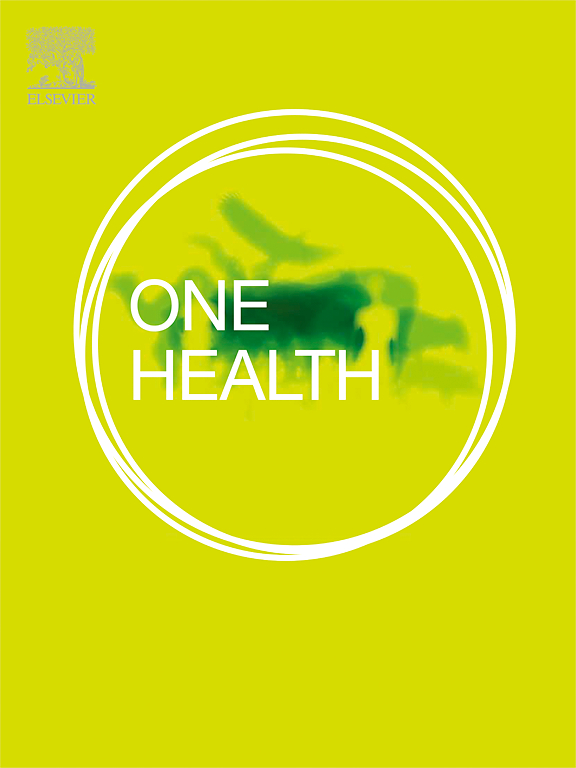Global distribution and genetic diversity of orthoebolaviruses: Mapping and evolutionary analysis
IF 4.5
2区 医学
Q1 INFECTIOUS DISEASES
引用次数: 0
Abstract
Orthoebolavirus genus (Family: Filoviridae) poses an ongoing threat to both human and animal health. To better understand and address this persistent threat, we conducted a comprehensive analysis. Through a systematic investigation of orthoebolaviruses' global geographic distribution, phylogenetic relationships, and detailed examination of nonsynonymous amino acid mutations in Zaire ebolavirus (EBOV) from both human and non-human primate (NHP) hosts, we have made several key findings. Our results demonstrate that the viruses in the genus Orthoebolavirus primarily circulate in Africa and Asia, with a possible trend of geographic expansion to other regions. Phylogenetic analysis revealed significant evolutionary divergence among the six viral species across different hosts and temporal scales. Most notably, we identified 73 statistically significant amino acid substitution sites (all p < 0.0001) in EBOV from both human and NHP hosts. Collectively, this multifaceted investigation offers valuable insights that will inform future research on orthoebolaviruses' pathogenesis and intervention strategies.
正埃博拉病毒的全球分布和遗传多样性:制图和进化分析
正埃博拉病毒属(丝状病毒科)对人类和动物健康构成持续威胁。为了更好地理解和应对这种持续存在的威胁,我们进行了全面的分析。通过对正埃博拉病毒全球地理分布、系统发育关系的系统调查,以及对扎伊尔埃博拉病毒(EBOV)来自人类和非人灵长类(NHP)宿主的非同义氨基酸突变的详细检查,我们取得了一些关键发现。本研究结果表明,正埃博拉病毒属病毒主要在非洲和亚洲传播,并可能有向其他地区传播的趋势。系统发育分析显示,6种病毒在不同宿主和时间尺度上存在显著的进化差异。最值得注意的是,我们在来自人类和NHP宿主的EBOV中发现了73个具有统计学意义的氨基酸替代位点(p < 0.0001)。总的来说,这项多方面的调查提供了有价值的见解,将为未来关于正埃博拉病毒发病机制和干预策略的研究提供信息。
本文章由计算机程序翻译,如有差异,请以英文原文为准。
求助全文
约1分钟内获得全文
求助全文
来源期刊

One Health
Medicine-Infectious Diseases
CiteScore
8.10
自引率
4.00%
发文量
95
审稿时长
18 weeks
期刊介绍:
One Health - a Gold Open Access journal.
The mission of One Health is to provide a platform for rapid communication of high quality scientific knowledge on inter- and intra-species pathogen transmission, bringing together leading experts in virology, bacteriology, parasitology, mycology, vectors and vector-borne diseases, tropical health, veterinary sciences, pathology, immunology, food safety, mathematical modelling, epidemiology, public health research and emergency preparedness. As a Gold Open Access journal, a fee is payable on acceptance of the paper. Please see the Guide for Authors for more information.
Submissions to the following categories are welcome:
Virology,
Bacteriology,
Parasitology,
Mycology,
Vectors and vector-borne diseases,
Co-infections and co-morbidities,
Disease spatial surveillance,
Modelling,
Tropical Health,
Discovery,
Ecosystem Health,
Public Health.
 求助内容:
求助内容: 应助结果提醒方式:
应助结果提醒方式:


